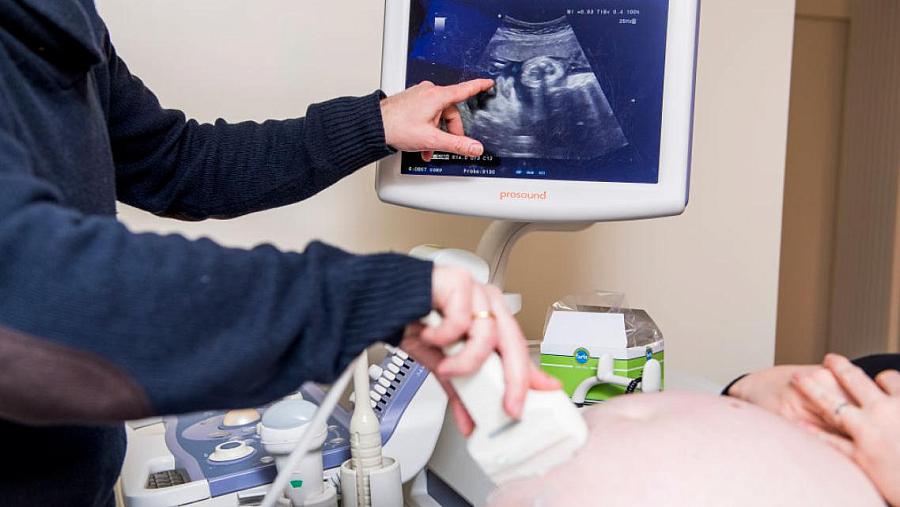For many marginalized women in California, repeat C-sections are a forced decision

Photo by Jasper Jacobs/AFP via Getty Images
A cesarean section is a major surgery with serious risks — not only for the person’s current pregnancy, but also for future pregnancies. Repeat C-sections are linked to higher rates of dangerous outcomes, most notably placenta accreta, which can lead to a hysterectomy or even death. At a minimum, C-sections require a days-long hospital stay and leaves people with an excruciating wound that requires weeks of recovery.
At the same time, a vaginal birth after a C-section also carries increased risk, especially for uterine rupture.
These are potentially catastrophic health issues for people giving birth. One might think that women would be given all the facts, so they can make an informed decision about what kind of birth experience they want.
But in California, many hospitals and providers institute a blanket ban on all vaginal birth after C-sections. This effectively means that instead of weighing their options and deciding what level of risk they’re comfortable with, women are instead coerced into a surgery they may not want, with dangers they may not understand.
The C-section rate for low-risk, first-time birthing people in California is 23%; the World Health Organization says that rate should be no more than 15%. And even as the state works to bring the proportion of C-section births further down, hospitals and doctors are still free to flatly refuse requests for vaginal births after cesareans (VBAC). These blanket bans are based on the same old-fashioned thinking that landed the U.S. with its sky-high C-section rate in the first place.
The bans are especially concerning for Black mothers, who are more likely to have a C-section than white mothers. Rural women and Medicaid beneficiaries, too, have less flexibility in choosing providers — and could be stuck with a VBAC non-believer as their only choice.
My project for the 2023 California Health Equity Fellowship will investigate these bans, as well as other factors contributing to “VBAC deserts” in California. March of Dimes has broken down National Center for Health Statistics data and found that while the percentage of vaginal births to Californians who have previously had a C-section was about 12% between 2018 and 2021, that number varies wildly from county to county. In Imperial County, fewer than 2% of women give birth vaginally when they’ve had a prior C-section, whereas 25% of women in the same position in San Francisco have a VBAC. Even within counties, poverty and race create further disparities.
My initial work will be to sort through the data and talk to health care providers and advocates about what’s going on here. How much do public health officials know about VBAC disparities in our state? Who benefits from a VBAC ban? What are the fears, and the costs? What kind of training do doctors and other maternal care providers receive on VBAC? In counties with limited access to VBAC, which providers are bucking the trend, and why?
I’ll also look back at the lawsuits that caused hospitals to shy away from offering VBAC as an option. For a “solutions” perspective, I’ll talk to providers and administrators at hospitals in Santa Barbara and Sacramento who worked to reverse their VBAC bans in recent years.
And ultimately, the reporting project will take me and a visual journalist into the heart of these “deserts,” where we’ll talk to the people most affected: California mothers.

